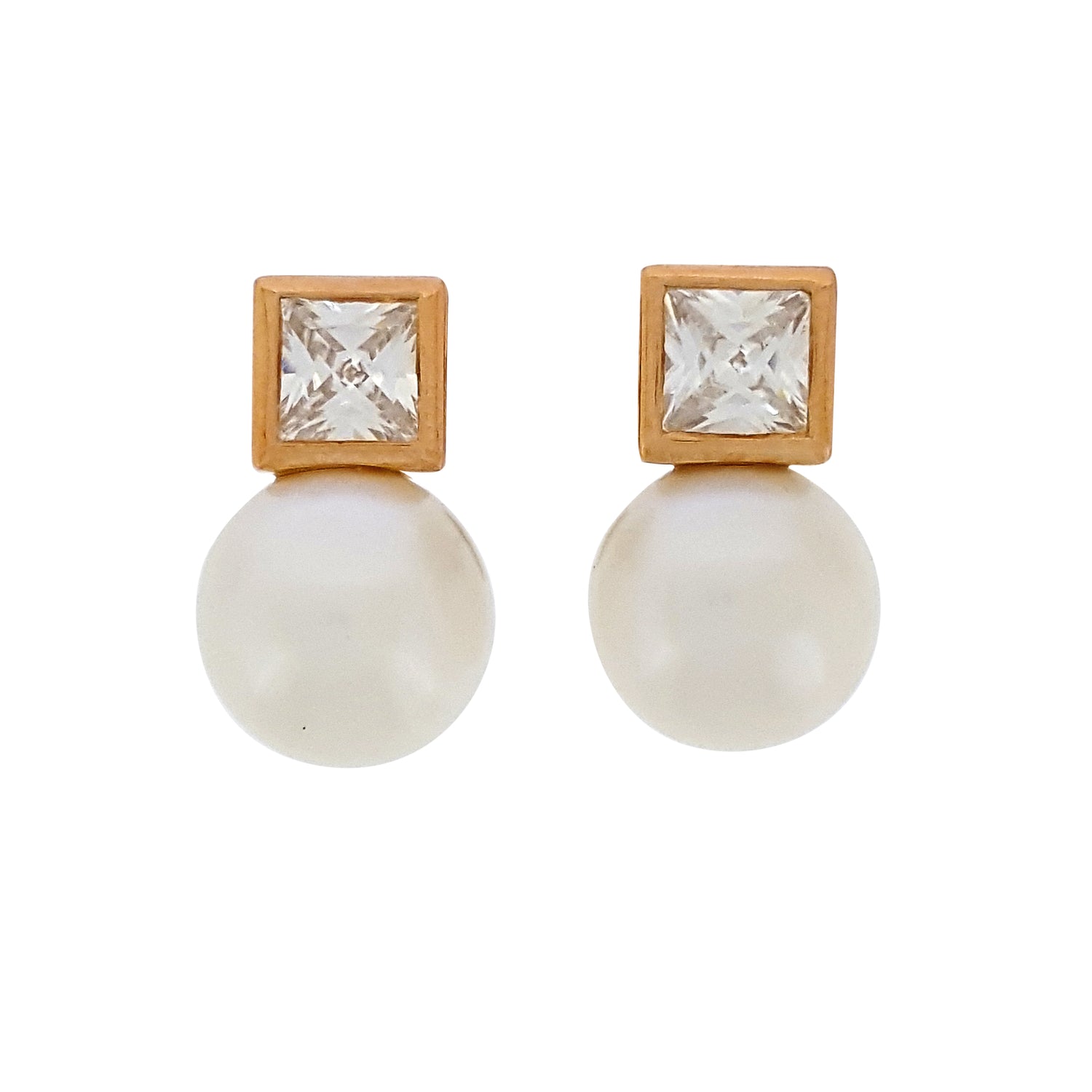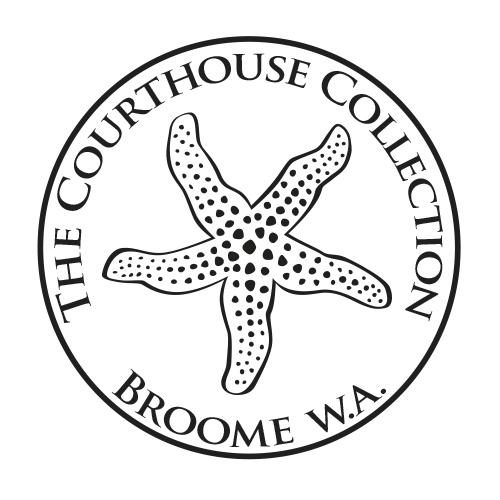Pearl Information
WHAT IS A PEARL?
Pearls have been around since the dinosaurs and were man's first precious gem. Long before gemstones could be cut and faceted, pearls were a revered symbol of status, wealth and power. Myths about their origin abounded from tears of the moon to dew drops caught by oysters at night.
Pearls are organic gems produced by pearl oysters, freshwater mussels and some other molluscs. All pearls are made of "nacre", a crystalline structure of calcium carbonate known as argonite. It is the way this structure allows light to penetrate, reflect and refract that makes pearls such a unique and beautiful gem. A pearl oyster or mussel will coat any irritant that it cannot expel with aragonite to smooth away the irritation.
Today just about all pearls are "cultured". That is, man has introduced an irritant into the animal to stimulate their natural response of coating the irritant with nacre. Conversely a natural pearl is the same process but nature introduced the irritant. Contrary to popular belief it was hardly ever a grain of sand but rather parasites and other small water born animals that became trapped in the oyster or mussel that would produce a natural pearl.
Natural pearls are extremely rare and valuable and were the source of the world's pearls before the culturing process was commercially made successful in Japan in the early 1900's. To find a gem quality natural pearl the odds are about 1 in 5000 shell. That is a lot of dead animals for one pearl. Many "natural pearl" shell grounds were over fished into virtual extinction.

